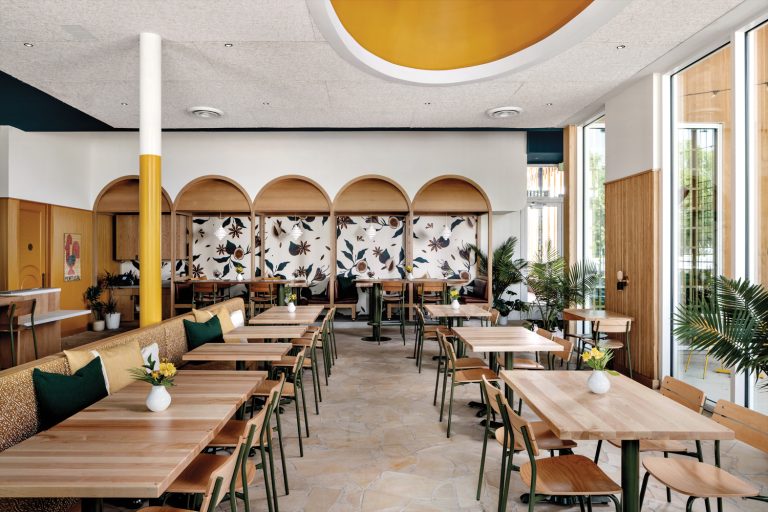Regular Cleaning Practices to Keep Restaurant Chairs Looking New
Daily use exposes restaurant chairs to spills, stains, and dust, making regular cleaning an essential part of maintenance. Wooden chairs should be wiped with a soft cloth and mild cleaner to prevent buildup while preserving their finish. Metal chairs benefit from gentle cleaning with non-abrasive solutions that avoid rust or scratches. Upholstered chairs require more attention, often needing vacuuming to remove crumbs and professional cleaning to tackle deeper stains. For plastic chairs, simple soap and water usually suffice. Establishing a cleaning schedule ensures that chairs always look presentable for guests, contributing to a positive dining experience. Consistent cleaning not only enhances appearance but also prevents premature wear, helping restaurant owners extend the lifespan of their investment while maintaining a polished, welcoming environment.
Preventing Damage and Wear on Restaurant Chairs
Prevention is key when it comes to prolonging the life of restaurant chairs. High-traffic dining areas can cause chairs to wear down quickly if not cared for properly. Using chair glides or pads can prevent scratches on floors and reduce stress on chair legs. Regular inspections allow staff to identify loose screws, cracked wood, or wobbly frames before they become bigger issues. For upholstered chairs, protective sprays can guard against spills, while keeping them away from direct sunlight prevents fading. Staff training is also important—teaching employees to handle and move chairs carefully minimizes damage. By adopting preventive measures, restaurants can significantly reduce repair costs, maintain the quality of their seating, and ensure that guests always enjoy a safe and comfortable dining experience.
Seasonal Maintenance Tips for Different Types of Restaurant Chairs
Seasonal changes can impact the condition of restaurant chairs, especially those made from natural materials. Wooden chairs may expand or contract due to humidity, so maintaining stable indoor conditions helps preserve their structure. In colder months, chairs near heating sources should be kept at a safe distance to prevent warping or drying out. Outdoor restaurant chairs require additional attention, as they face weather elements such as rain, sun, and wind. Applying protective coatings, covers, or storing chairs indoors during off-seasons extends their durability. Metal chairs benefit from rust-resistant finishes, while plastic chairs need protection from UV exposure to prevent discoloration. Seasonal maintenance not only safeguards the furniture but also ensures that restaurants always present an attractive, well-kept dining space for customers year-round.
When to Repair or Replace Restaurant Chairs for Long-Term Value
Even with proper care, restaurant chairs eventually show signs of aging. Knowing when to repair or replace them is essential for maintaining both function and appearance. Minor issues such as loose joints, small scratches, or faded upholstery can often be repaired, extending the chair’s life without major expense. However, when chairs become structurally unstable, uncomfortable, or outdated in style, replacement may be the best option. Investing in new chairs not only improves safety but also refreshes the restaurant’s overall aesthetic, leaving a positive impression on customers. Owners should view this as a long-term investment—choosing durable, high-quality replacements reduces frequent costs while elevating the brand image. A proactive approach ensures that the seating remains both reliable and stylish, supporting long-term business success.
Conclusion
Maintaining restaurant chairs is essential for creating a welcoming dining environment and extending the lifespan of valuable furniture. With regular cleaning, restaurants can keep chairs looking fresh and inviting for guests. Preventive measures such as using chair glides, protective sprays, and staff training help reduce everyday wear and tear. Seasonal care also plays a vital role, ensuring that chairs made from wood, metal, or plastic withstand environmental changes. Finally, recognizing when to repair or replace chairs ensures long-term safety, style, and value for the business. By taking a proactive approach to chair care, restaurant owners not only save money on frequent replacements but also enhance customer satisfaction through clean, comfortable, and well-maintained seating. In the end, well-cared-for restaurant chairs support both the brand’s image and overall profitability.

